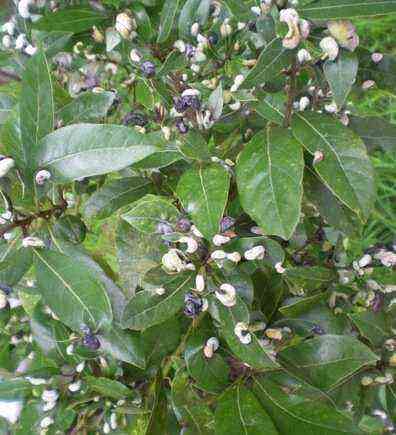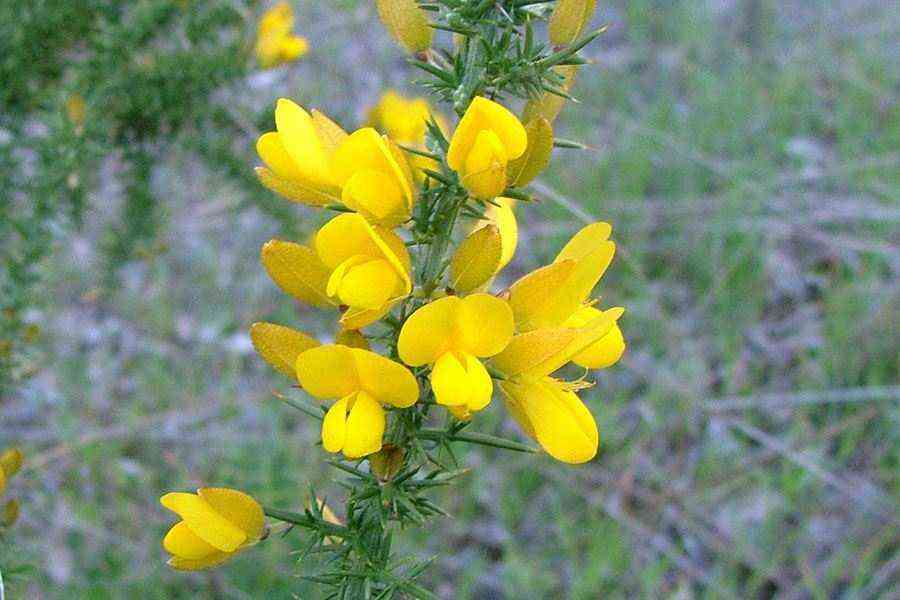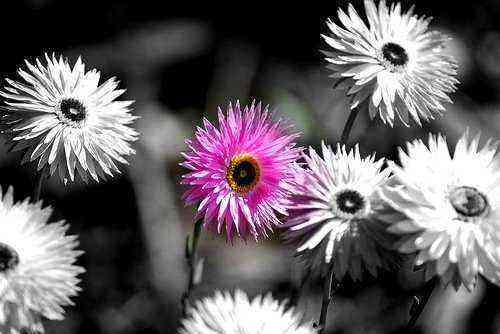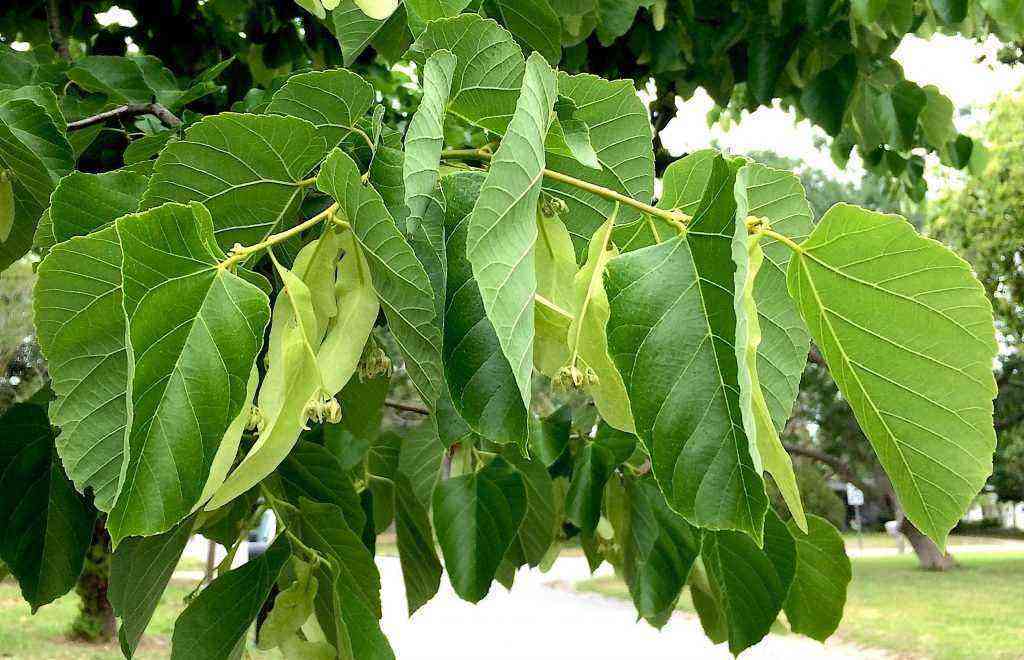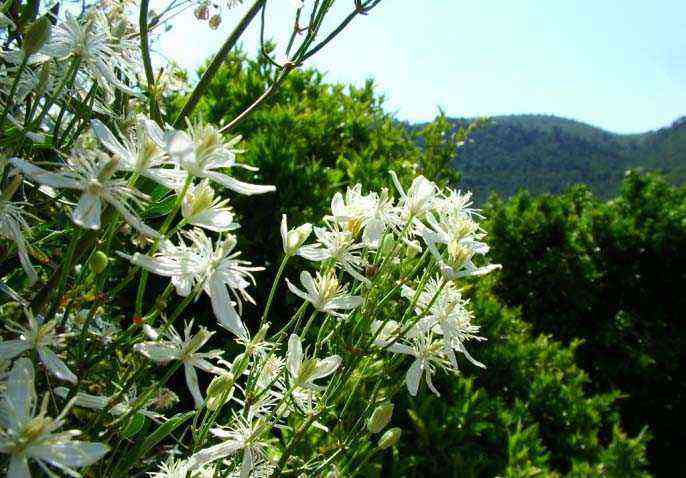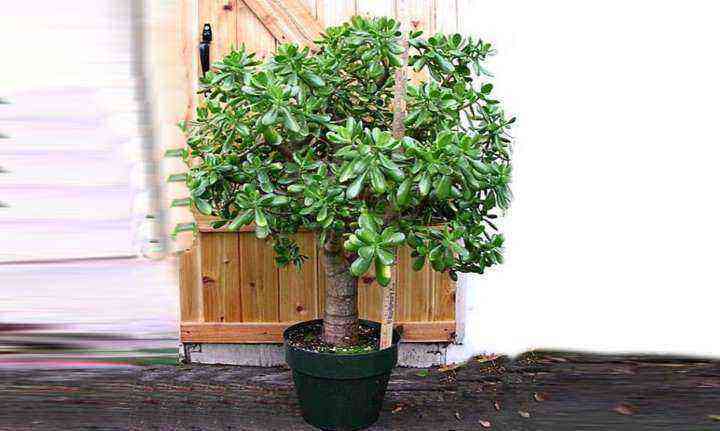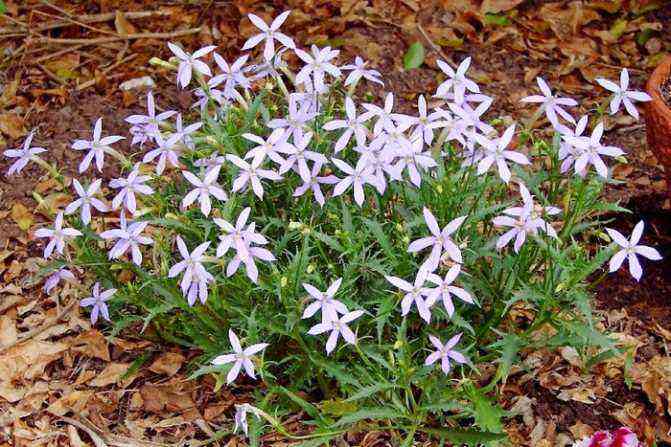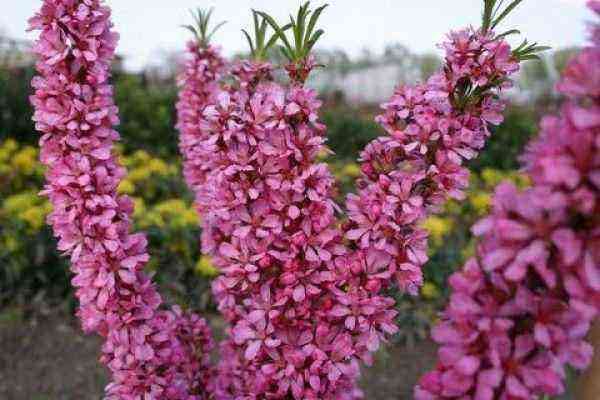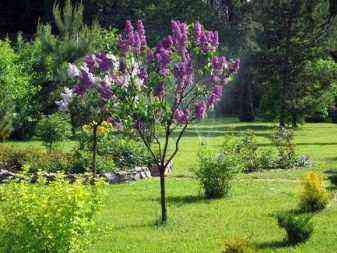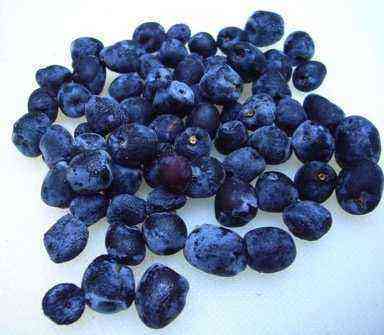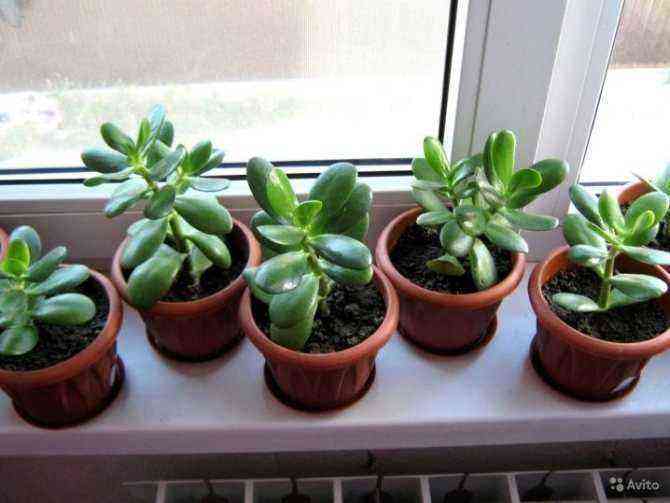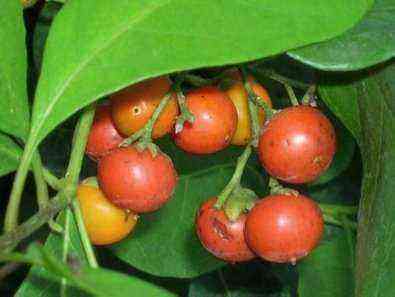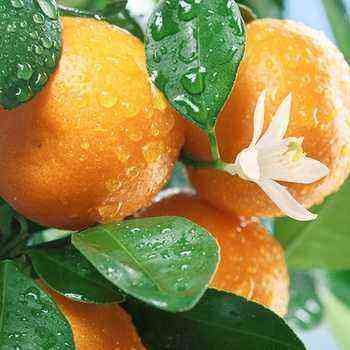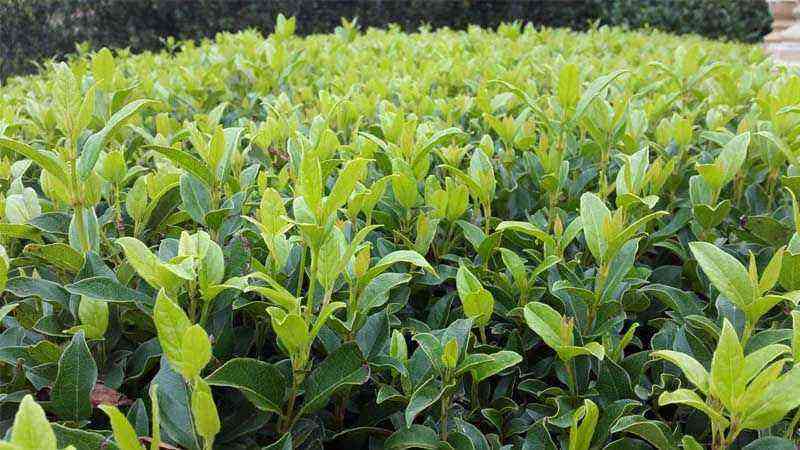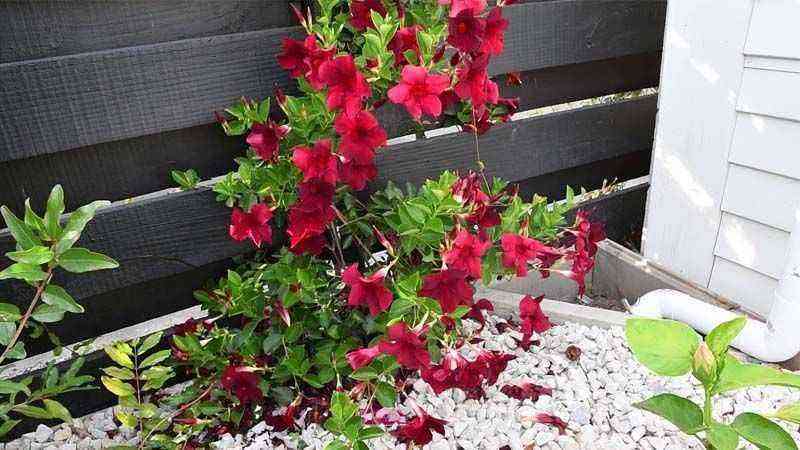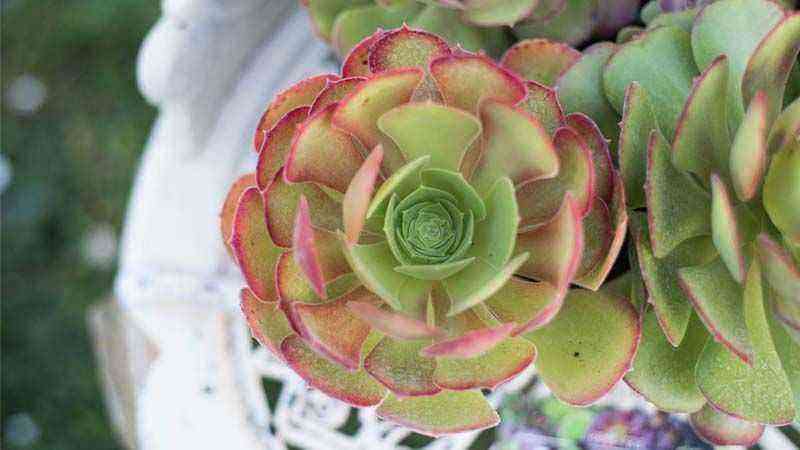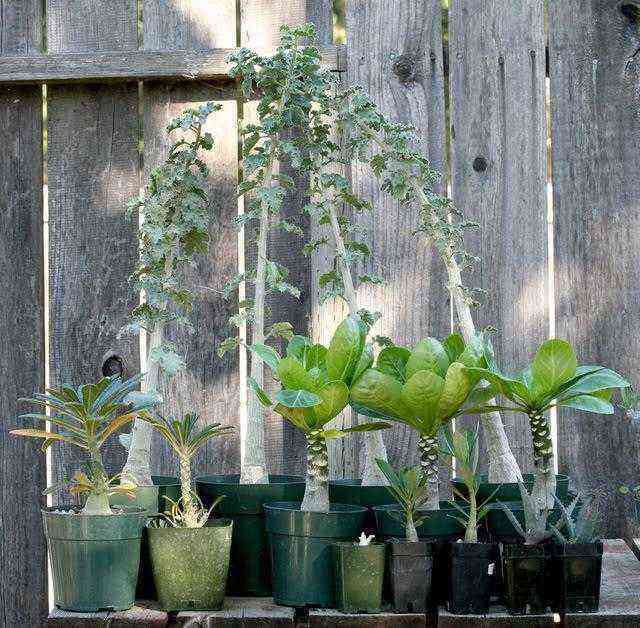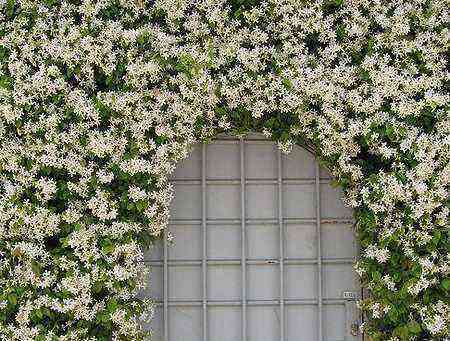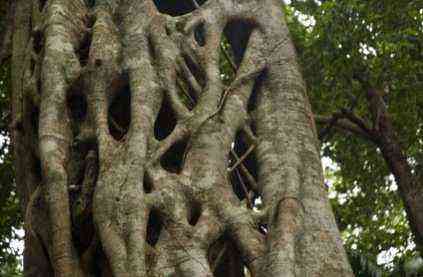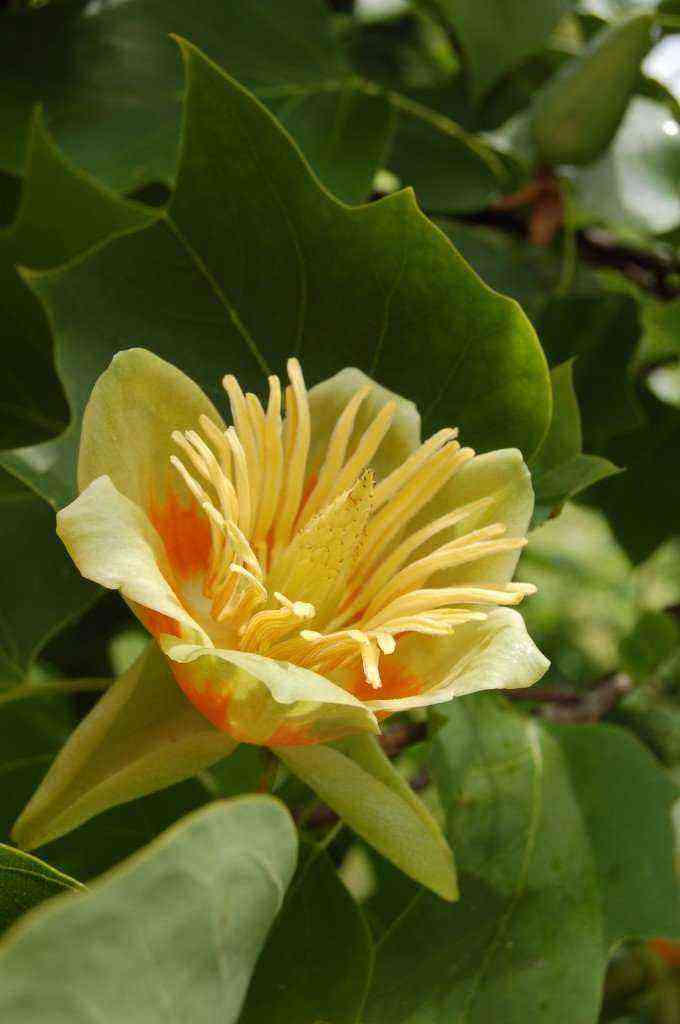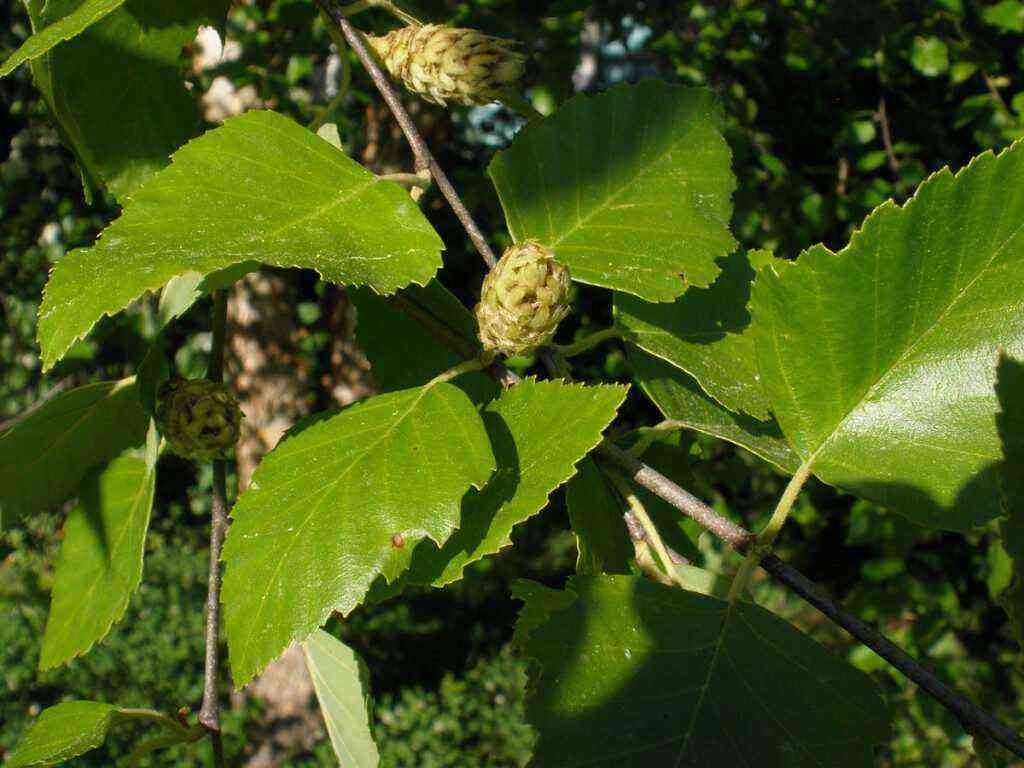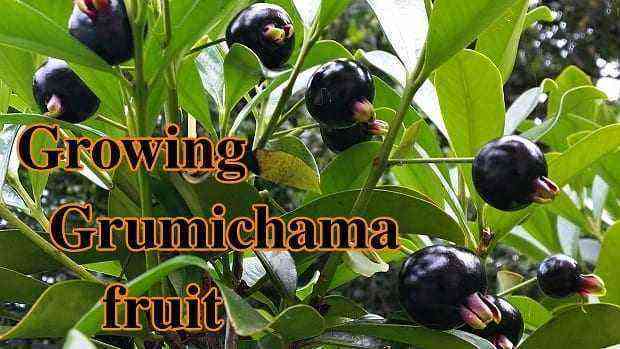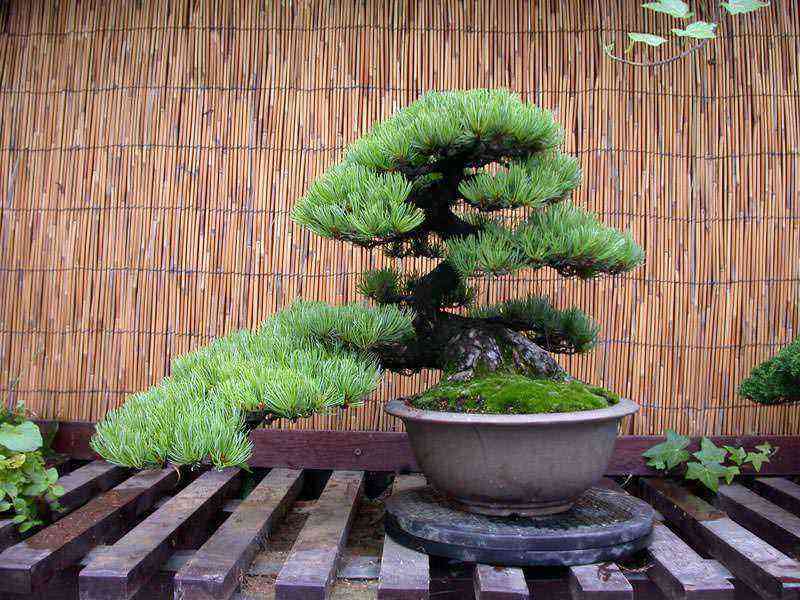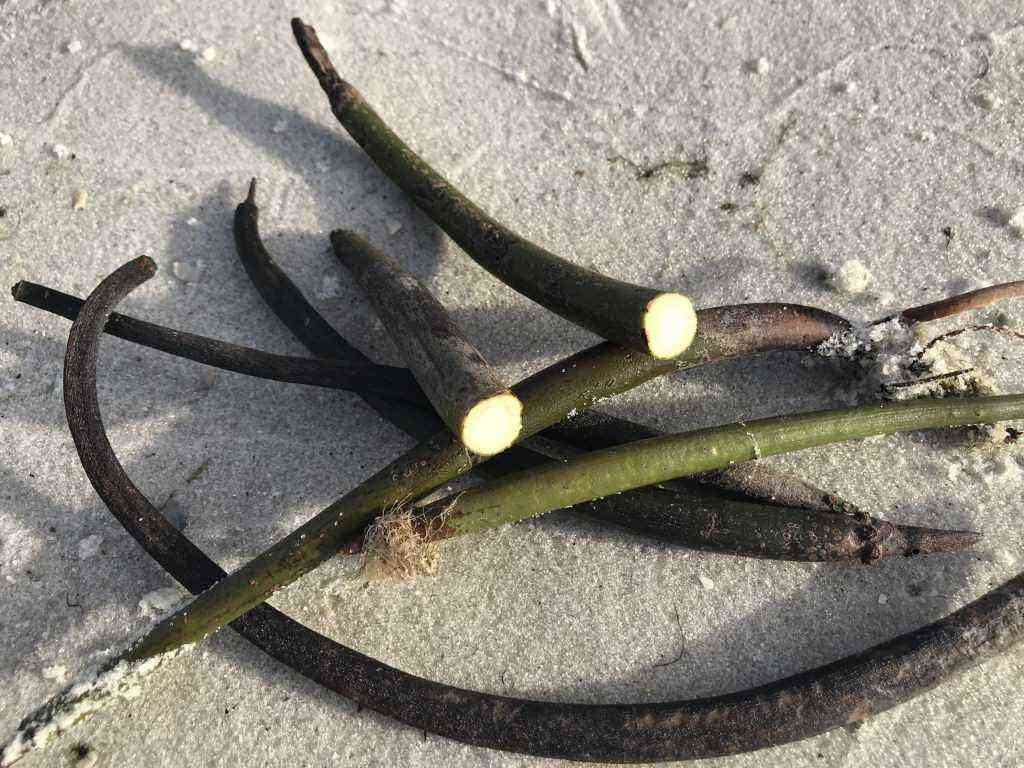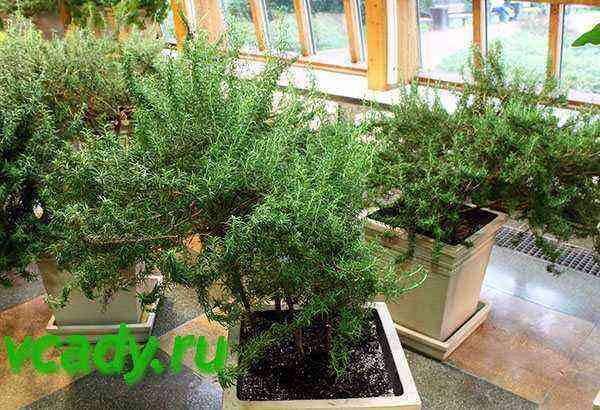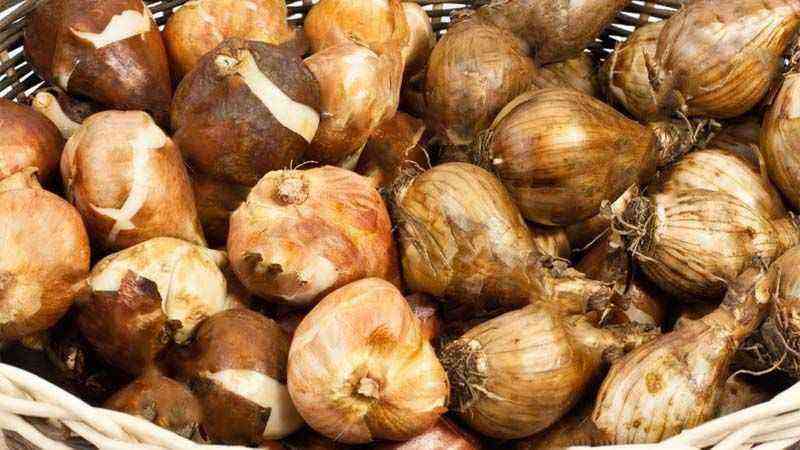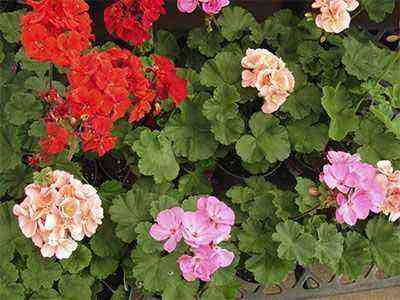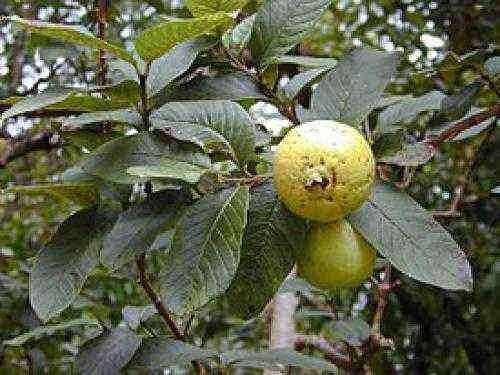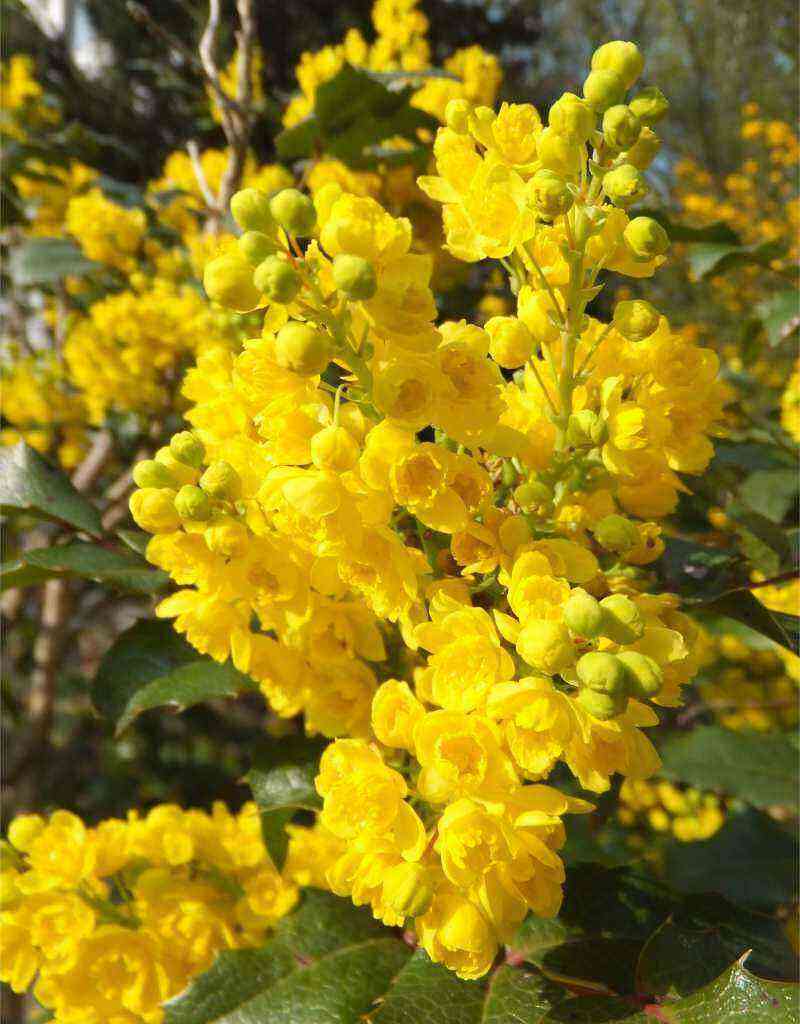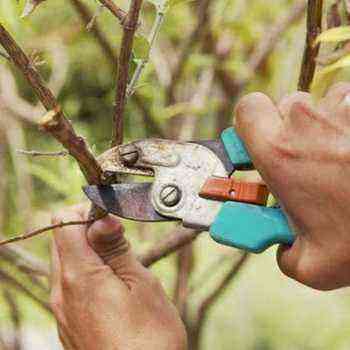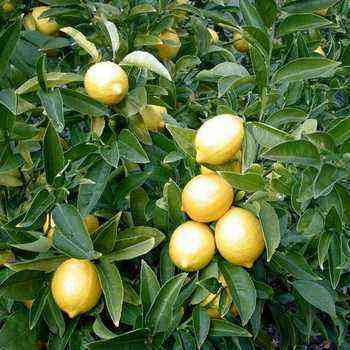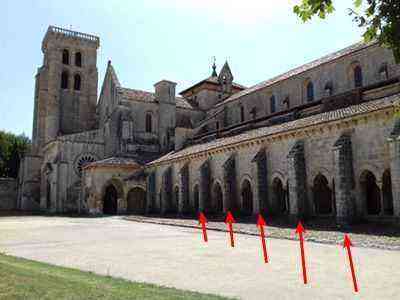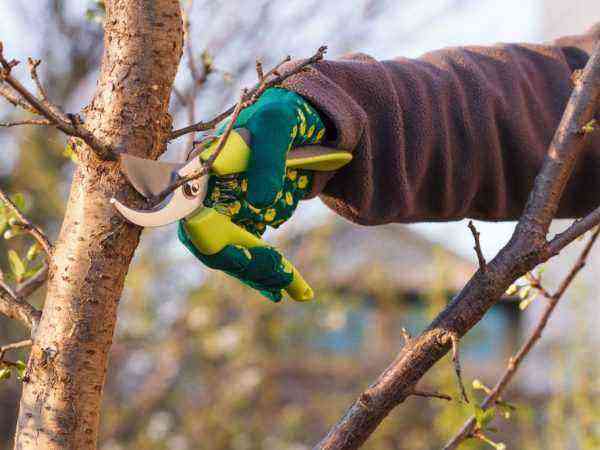Hedge shrubs
There are many types of trees and shrubs available for hedging. Depending on their natural features, purpose and intended location, they are divided into:
- Fast growing and evergreen.
- Perennial and annual.
- Blooming and berry.
- Tall and curb.
The list is endless. Let’s consider the possible and acceptable options for you with a description and photo. So that you can easily make your choice.
As we have already said, many plants are suitable for this purpose, which have their own advantages, features and disadvantages. Today you will learn about what types of hedges exist and which plants are best for them.
For your convenience, let’s start with an overview of low and medium-sized shrubs, the choice of which is simply huge and large. And we will continue in ascending order, until a description with a photo of the tallest plants for a hedge, which can reliably hide your site from prying eyes. And they will do it colorfully, stylishly and uniquely.
Grooming and trimming hedges
The most important steps in growing hedges are grooming and pruning. In the absence of skills and experience, you can spoil the appearance or destroy the plants. For full growth, shrubs must be watered regularly and abundantly, but make sure that the water does not stagnate.

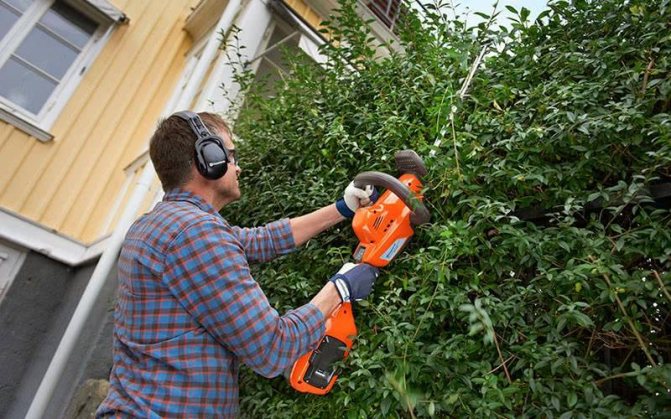
During the period of active growth in hot weather, 1-20 liters of water must be added per 25 square meter. To remove dirt and dust, sprinkling is periodically carried out. Moisture-loving garden crops react especially well to such a procedure.
The soil is mulched with bark, moss, peat or sawdust so that weeds do not grow and moisture remains. The earth is loosened, especially in the first year of the plant’s life.
It is imperative to insulate young seedlings and heat-loving varieties for the winter. They are covered with non-woven material, spruce branches. Ornamental crops with low frost resistance are bent to the ground and covered with tarps, burlap. Uncut branches are tied with a strong twine, and the root part is covered with crumbling foliage.
Cutting is carried out 1-2 times during the growing season, forming a crown and adjusting the width and height of the hedge. In the spring, be sure to remove damaged and weak shoots.
Advice! It is recommended to use sharp and previously disinfected instruments.
Treat, if necessary, with fungicides and insecticides in case of disease or pest infestation. Feed with organic compounds and mineral fertilizers. Pruning is carried out starting from the first year of planting plants in a permanent place. This will exclude the rapid growth of branches and exposure of the basal shoots. They cut their hair, observing the frequency of the procedure.
- Pegs are driven along the hedge. It is desirable that their height is slightly higher than the bushes. The calculation starts from the surface of the earth, so the height of the plantings is determined. A cable or rope is attached to the required level.
- Cutting starts from the sides, at the bottom the bushes should be wider than the tops. The surface must be flat. This does not apply to globular and pyramidal plant varieties.
- The top is aligned with the stretched rope. If desired, round it off a little.
In winter, it is necessary to remove snow from the hedge: icing and excess weight of precipitation can break branches.
Live fences are conventionally divided into high and low. They are created from coniferous or deciduous shrub varieties. “Build” single-row or multi-row fences. Every single variety has a decorative function.
Evergreen varieties in a hedge are the most effective solution. They do not lose bright colors all year round and easily tolerate a haircut.
Bushes for a living fence are selected in accordance with the future purpose. Tall bushes are suitable for outdoor applications, undersized ones for indoor decorations. There are also mixed options, but they take up a lot of space and therefore are used less often.
Hedge – Cotoneaster Shiny
Most often, for the device of a green fence, they plant cotoneaster shiny… Unpretentious, but slowly growing plant with a dense crown. The height of such a fence can reach 2 meters. The foliage is smart throughout the season (see photo).
- In spring and summer, it is dark green, and in autumn it becomes crimson.
- Flowering begins in late May – early June and lasts a whole month. At this time, the bushes are covered with pink fragrant flowers that attract bees from all over the area.
- Red berries ripening in mid-October also look very decorative.
The cotoneaster is very unpretentious, it grows well both in the sun and in the shade. It tolerates frost, drought and gas pollution, undemanding to the soil. Long-liver. With proper care, the lifespan is up to 50 years.
But there is one drawback – slow growth.
Formative pruning can be started in the second year. But a hedge from a cotoneaster will acquire a finished look in 5-8 years.
Lavsana cypress
Cones on flat shoots, 40-60 cm in height, give a special charm. Does not require a haircut, but if necessary, it easily transfers it.
Which thuja are best suited for hedges
Russians living in the middle zone of the country can plant spruce, juniper and western thuja of a pyramidal or columnar variety instead of a fence. Tui are distinguished by frost resistance, germination on clay, sand and in conditions of high / low humidity. The most beautiful bushes grow on a moderately moist garden soil.
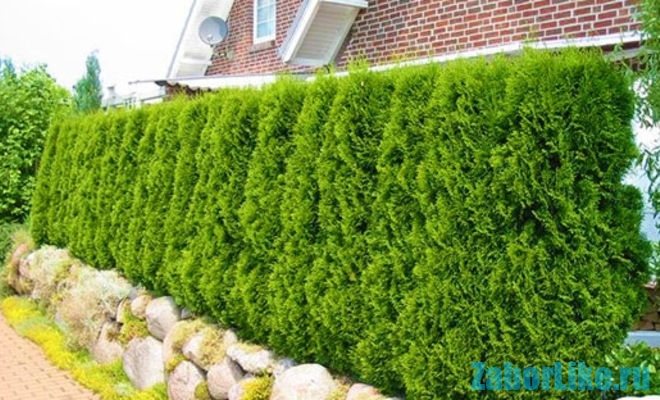

Greens grown from seeds are worse than varietal vegetation. Thuy hedge is easy to grow from cuttings. In any case, the seedlings are placed at a distance of 0.5 m. They are cut only for 2 – 3 years. Tui grow well all season, so they are pruned 2 – 3 times. Easy formation of hedges is provided by thuja crowns – dense and dense by nature. They cut them closer to July. The shape is trapezoidal.
In central Russia, a columnar specimen “Smaragd” is also suitable for creating a hedge from thuja bushes. The advantage of the variety is the preservation of the emerald color in any season. But greens grow slowly and cannot stand pruning. She is given freedom to grow.
Residents of other regions of Russia can plant the Braband thuja. This variety loves to get a haircut. But it belongs to abundant fruit bearing, therefore at certain periods it looks unpresentable.
Samşit
An evergreen shrub may well grow even in the middle lane. But where frosts can be stronger than -20 ° C, it requires shelter for the winter with sacking. But this moment is even difficult to attribute to its shortcomings. Rather, it can be called simply a feature.
Species with variegated leaves are less hardy and grow only in the southern regions of Russia. Their growth usually does not exceed 1,5 m, but in subtropical climates, you can find 5-meter evergreen walls.
Just think! Evergreen boxwood lives up to 500-800 years!
- Drought-resistant.
- Not picky about watering.
- Retains decorativeness all year round.
- Easily adapts to drought.
It can grow in the shade, and is absolutely not picky about the soil.
Deciduous trees and shrubs
Willow. An excellent option for creating a hedge is acutifoliate willow, beotal, black and purple. Willow is unpretentious in the choice of soil – it grows equally quickly in dry and wet soil.
Weeping willow varieties: goat, purple and holly have elastic, soft branches that are easy to intertwine. Even before complete landscaping, the fence will be decorated with the ornament of the weaving itself.


Barberry – This is the fastest growing plant, has tall and undersized varieties. Barberry makes an impassable hedge
Such a living fence is replenished with a fruiting function. The decorative effect is expressed first in flowers, then in fruits. Jams and preserves are made from edible berries. There are many varieties, the main ones for this purpose: Golden, Ordinary, Ottawa.
The plant is prickly, but it is easy to cut it in any style. For lovers of bright colors, the deciduous variety of Thunberg is suitable: shades of flowers from pink to red and brown. The fruits of this shrub are inedible.
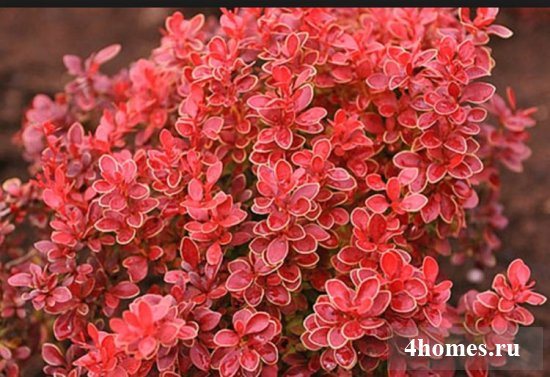
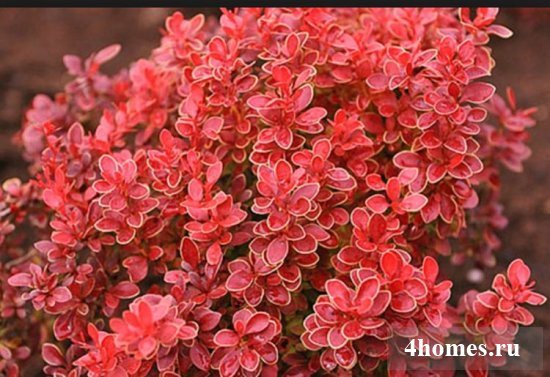
Derain white… The main advantage of this deciduous shrub is its growth rate in any climate and with any soil moisture. Bushes can grow up to three meters. Basically, its height is maintained at 120 centimeters.
Some gardeners create picturesque fences on several levels. A hedge of white turf indicates the status of the owner. From this shrub, gazebos are created inside the courtyard. The foliage color is green and silver.

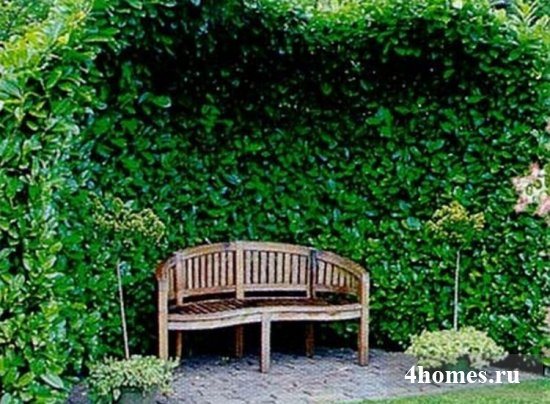
Perennial viburnum perennial… It earned popularity among gardeners due to the ease of cultivation and the fact that it is not picky about care. They are equally adaptable to drought and frost. Bright multi-colored leaves and flowers in such a fence create a beautiful design.
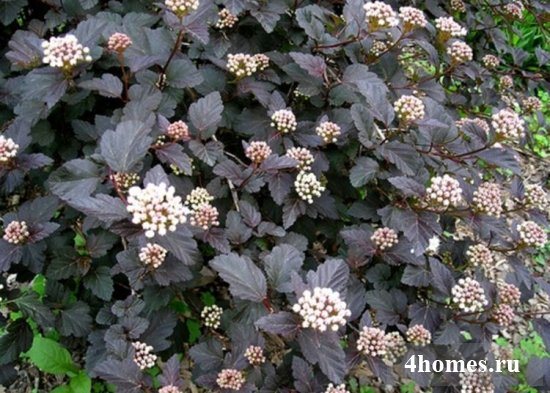

Lilac also quickly grows in width and reaches two to three meters in height, tolerates haircuts well. Even an inexperienced gardener will not be difficult to cut off its branches.
Any climate is great for her. It freezes for the winter, but the entire blooming period of the lilac will not leave indifferent any look. The color scheme of the shrub has more than 20 shades, of which beautiful decorations are created when alternating.
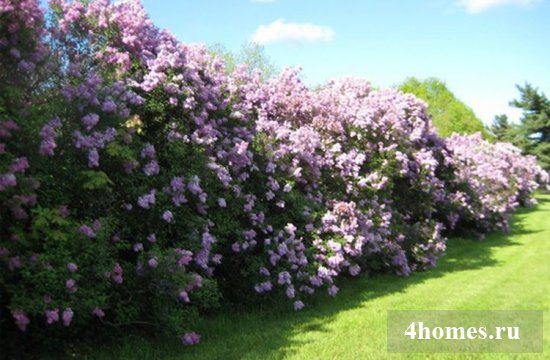
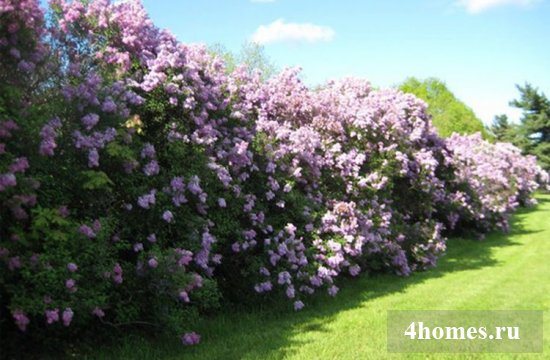
Forsythia has long been loved by our gardeners. It blooms before the leaves appear. At first it looks golden, then green leaves replace the flowers. The shrub reproduces easily in both heat and cold.
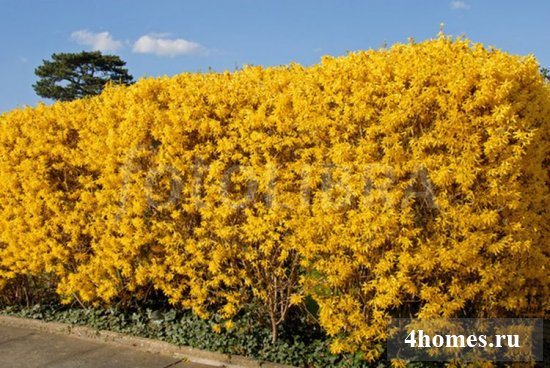
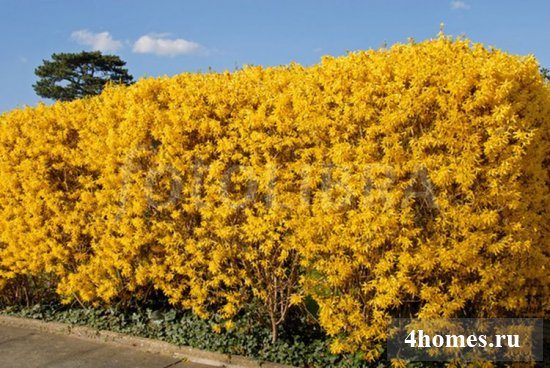
Alpine currant allows you to create a beautiful curly hedge of two meters in height. The color of the fence is green due to the leaves and light green flowers. The tasteless fruits are red when ripe.
The shrub perfectly tolerates any climatic conditions: frosts, winds and heat. The dense foliage provides reliable protection for the garden. For the fence, variegated, glossy and marble currants are used.
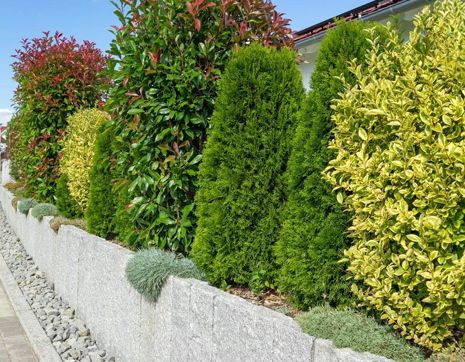
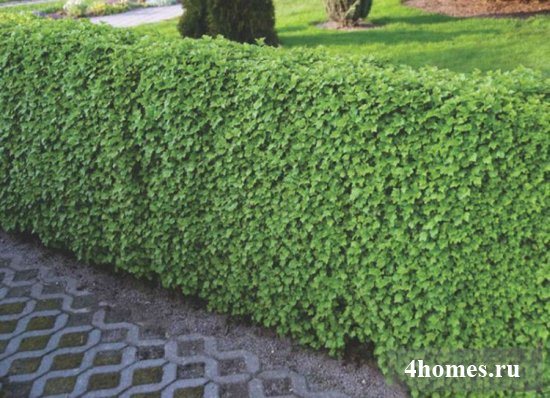
Beresklet Fortuna
An extremely undersized, ground-creeping shrub with light green leaves with a white border.
- Drought-resistant, tolerates pruning well.
- The emerald foliage of the euonymus turns crimson-red in autumn.
- Additional charm is given by the fruit-boxes of an unusual shape, which by autumn acquire a rich color.
Almost all types of euonymus are shade-loving hedge shrubs, but there are also varieties that are resistant to bright light. After 2-3 years, Fortune’s euonymus will help create a luxurious fence just above a meter.
Loves watering and nutrient-rich soil with a neutral reaction. However, it should be noted that most varieties cannot stand gas pollution and dust.
With good care and timely feeding, he is exceptionally well-dressed.
Advice! If you have a desire to make a fabulously beautiful unique fence, then Fortune’s euonymus is the best choice. Propagated by both seeds and cuttings.
Mixed hedges on site
Recently, mixed hedges, formed from various deciduous or coniferous species, have gained immense popularity. Such heterogeneous walls look quite impressive and, at least, unusual: they allow you to experiment with shape, color and texture, bringing zest to the landscape.
It’s easy to create a mixed hedge: you just plant different types of plants in a specific order. So, for example, a living wall of thuja, alternating in an equal interval with colorful sod, looks spectacular. Or, in equal stride, a blooming hydrangea with a dark barberry.

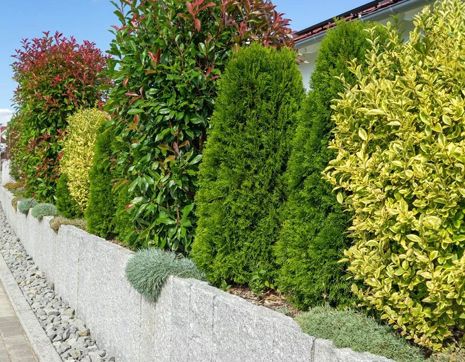
Or by choosing shrubs with interesting foliage: alternate monochromatic dark barberry with bright edged dogwood. One of the main rules when creating mixed hedges is not to overdo it with color. Be sure to choose both monochromatic species and varieties of plants, as well as bright ones that are interesting for their flowering, foliage color or shrub shape. So, for example, standard forms look very interesting in the frame of the classic crown of neighboring plants.
The choice of plants for mixed hedges should be based on your preference. From the above plants, you can easily build unique living walls. You can also see the types and design options for hedges in our article


Regardless of which hedge will decorate your garden, it will easily ennoble its appearance, adding elements of consistency and completeness. You can buy shrubs for hedges right now on our website or come to the garden center and personally choose the species and varieties of plants from our variety on the trading platform.
Chubushnik Coronal
It is often called garden jasmine, but this is not at all the case. The chubushnik is appreciated, first of all, for the incredibly fragrant white or pink flowers that adorn the plant from May to July.
A fence made of a mock-mushroom Venichny can reach a height of three meters, reliably sheltering the area from prying eyes.
- The leaves take on a beautiful and colorful lemon-yellow color in autumn.
- He is photophilous, but despite this, he perfectly tolerates partial shade.
- Chubushnik Venichny is quite frost-hardy.
- Loves fertile light soils.
It grows very quickly, easily takes the required shape.
To increase soil fertility on your site: DIY compost – what and how to make: cooking methods + video
In areas where frosts do not exceed -25 ° C, it is possible to plant such types of mock-mushrooms as Fluffy, Caucasian and Shrenka.
On a note! There is also an odorless chubushnik, which is suitable for those who do not like strong smells, but dream of having beautiful flowering shrubs for a hedge on their site.
Prickly shrubs
Thorn Is a densely branched, thorny shrub, reaching a height of four meters. It doesn’t need careful trimming. A powerful and impassable fence made of thorns will protect you from wind, dust, prying eyes and even thieves.
It can be compared to a real building structure, so such bushes are used instead of an external fence. It is not difficult to grow such a fence. It is completely undemanding neither to the ground, nor to the weather conditions.
The leaves of the bush are dense. Ripe fruits have a beautiful blue color. They are edible and have many health benefits. You need to collect them after the first frost.
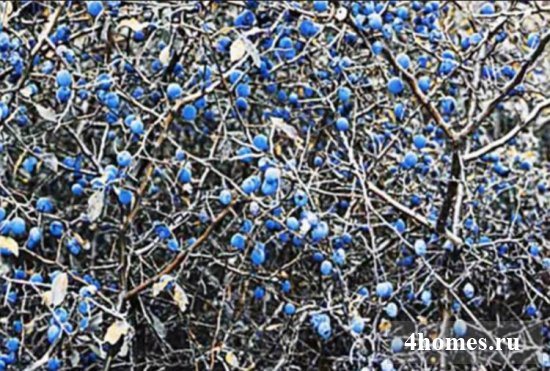

Rosehip and tea rose. The hedge of this pair is often called healing and colorful. Shrubs are unpretentious to climatic conditions. Such a fence grows up to two meters.
It is attractive with a variety of colors. Initially, these are double flowers from white to all shades of crimson and yellow. Then – bright red and brown-black fruits. This contrasting combination with green foliage creates a unique setting. Fruits from such a fragrant fence are used to prepare tasty and healthy drinks.
For the fence, the following types are planted: ordinary, Resonance, brown, Mont Blanc and wrinkled.
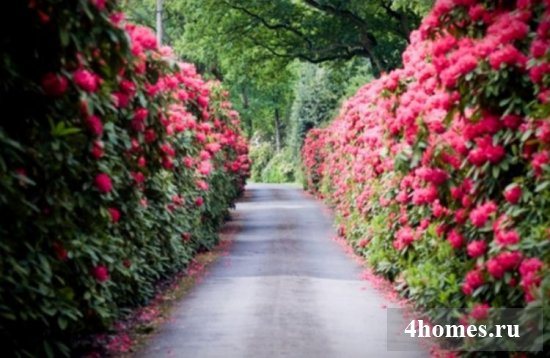
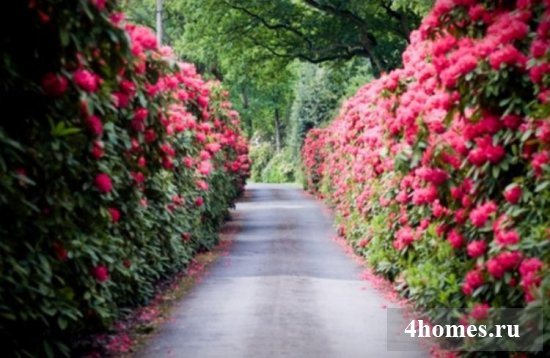
Sea buckthorn – a thorny shrub with bright orange fruits in autumn. The leaves are small, gray-green. The branches are stiff. A fence made of berry bushes turns out to be impassable and gives a large yield of sour, healthy fruits.
It is easy to care for sea buckthorn – it is unpretentious. With the help of a haircut, they give the fence a neat appearance.
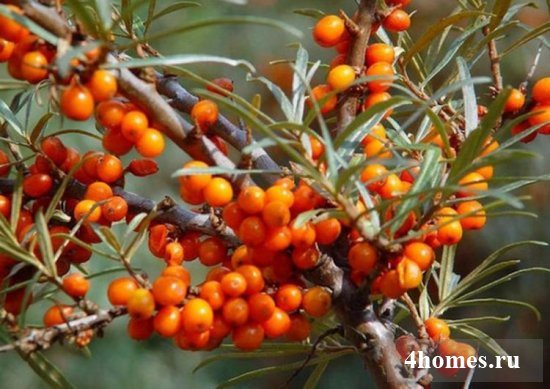

Mixed hedge – this invention is increasingly used by gardeners to give originality to the fence. This solution fulfills all the original functions of a hedge, but due to the play of colors, an unsurpassed decorative effect is created.
Thuja, gooseberries, barberries, rose hips and other shrubs can participate in this design.
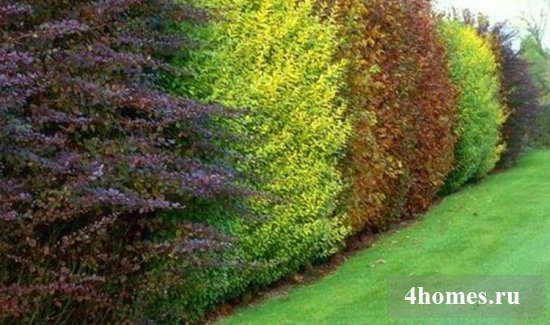
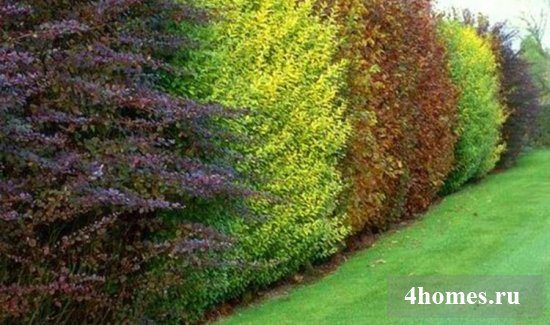
Multi-flowered cotoneaster, holly and others
We can safely say that cotoneaster hedge can satisfy almost any taste. It is not picky about soil and moisture, however, in the first year of cultivation, it requires timely watering. There are many other varieties that are very often used in the device of green fences:
- Multi-flowered cotoneaster. It can reach 2-3 m. Leaves are silvery-green in spring, dark green in summer, and turn red in autumn. Flowers are white, collected in dense shields. Bright red berries adorn the bush from August to late autumn. Less frost-hardy, but more light-requiring than brilliant cotoneaster.
- Holly… Just like the brilliant one, it comes from North China. The flowers are red, and the berries are black, remaining on the bush until the next harvest. Leaves are glossy, dark green in color. A worthy representative of his family.
- All-edge cotoneaster… The shiny, rounded leaves and bright red berries make the hedge look very ornate. Not picky about soils. All this together makes it very popular among lovers of beautiful green fences on their site.
- Willow… This companion is distinguished by rather long, pointed wrinkled leaves. The flowers are white-cream, fragrant. It usually reaches a height of four to five meters, so it can safely boast of an excellent opportunity to hide your entire site behind its wall from unwanted views.
- The cotoneaster is spread out. Two-meter bushes with long clusters of white flowers in early summer and red berries in August-September, coupled with shiny dark green leaves, look very elegant throughout the season.
Advice! All types of cotoneaster can be grown from seed, but for quick results it is better to plant cuttings or cuttings.
Unwanted plants for a perennial hedge
In harsh winter conditions, plants can freeze out. At least one, at least a few plantings will hopelessly ruin the appearance of the hedge. Therefore, Russians should not use boxwood, yew and privet. These variations are good for southern Europe. It should also be remembered that some shrubs have a bare bottom over time. Such an unpleasant surprise can be expected from varietal lilacs.
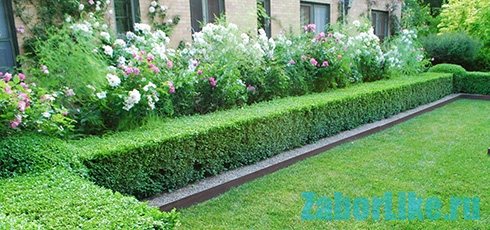

Masking the “bald spot” should be other plantings, planted in front of the flawed bush. But it is best to initially use wild Amur or Hungarian lilacs. These species quickly form a dense green wall and are immune to pests.
If you want to plant viburnum along the fence line, it will give a beautiful fence. However, if pests attack the flora, and she is prone to this, until July the fence will be eaten by insects. Instead of the usual viburnum, experienced gardeners recommend planting gordovina viburnum.
There are three more types of highly undesirable shrubs for arranging hedges:
- Loch is silvery.
- Fieldfare of mountain ash-leaved variety.
- Mapinuclen (beautiful decorative flowering specimen).
Agronomists consider their disadvantages to be strong creep, which is why the garden can be spoiled by root branches. With a strong desire, the process can be controlled. Still, it is better to plant a hedge of more favorable types of shrubs.
Hibiscus Syrian
An amazingly beautiful plant with a variety of flower colors will serve as a wonderful decoration for your garden.
- It blooms throughout the summer, despite its southern origin. Therefore, it is simply the best solution for those who plan to decorate their site with beautiful blooming shrubs.
- Since it easily tolerates frosts down to -22 degrees, it also feels great in the Middle Lane.
Thuja hedge
A real queen! An evergreen plant with a graceful shape of needles. It tolerates pruning very well. It is quite unpretentious, but does not tolerate stagnant moisture. It grows and retains its decorative effect for many years, which is especially important for those who do not like frequent changes in their area. Do you want consistency? Choose thuya! As they say, planted and forgot.
It can grow up to 5 m in height, creating a dense wall, which allows it to shelter the site from prying eyes not only in summer, but also in winter.
Thuja varieties for hedges
- Best to plant that Brabant, which tolerates frosts without problems and grows 35 cm in height in a year.
- Thuya Smaragd creates a very dense wall, does not require frequent pruning. Therefore, it is great for those who do not have any skills in caring for ornamental plants and in their formation. But it grows very slowly, which is its only small drawback. But thuja Smaragd, absolutely does not change the color of the needles, depending on the season. Therefore, it will delight you with its luxury and beauty steadily and continuously.
- Thuja Column grows up to 7 m, grows much faster than Smaragd. This, in principle, is their essential difference. It also stays green in winter.
- Holmstrup Perfect for beginners, since they do not require special care or any skills. You can cut it only once every 2 years. The Tui Holmstrup bush, up to 3 m high, looks corrugated due to the peculiarities of the location of its branches.
- Tuya Sankist – just a gorgeous beauty, one might say – “royal person”. Has a golden crown, which remains decorative in winter. If you love thuja, and also want to see beautiful plants of golden shades on your site, then Sunkist is the best solution.
Shrub species
You may know such common species as Barberry, Hawthorn and Rosehip – these are the main species that are most often used. But there are other types that are not nearly worse.
– Barberry
It has a height of up to a meter and is mainly suitable for framing a site than for a full-fledged wall. But it can be planted second next to a tall hedge of a different variety, increasing the level of protection, adding an aesthetic appearance and closing the path under the bottom of the hedge for small animals. Also, thanks to a strong root system, it will perfectly strengthen the soil.

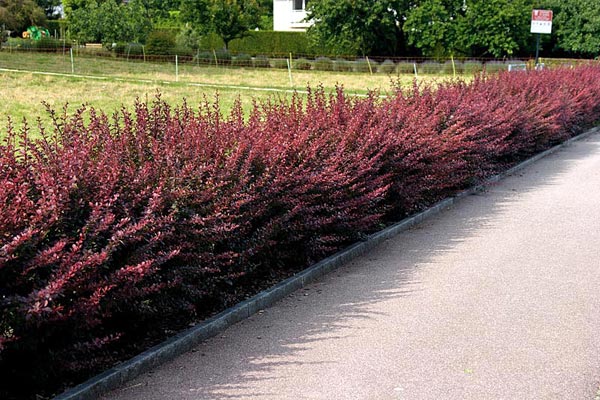
– Rose or wild rose hips
It is characterized by abundant flowering and rapid growth. For planting, it is necessary to put special growth stops, since a strong root system grows quickly and shoots. It can reach 2 meters in height and requires pruning and removal of excess shoots.
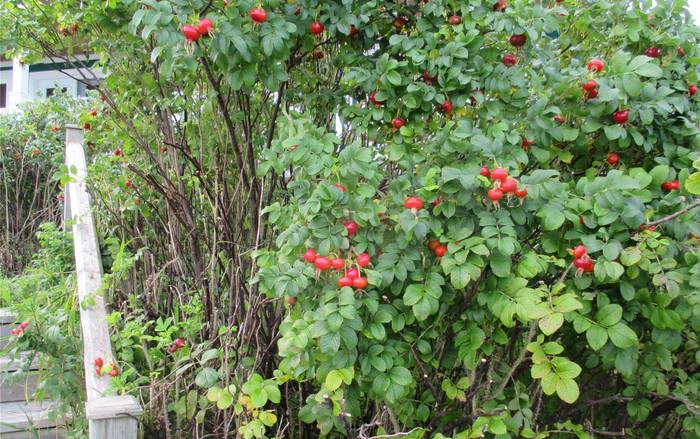

– Magnolia
It has thorns on the leaves, not as serious as those of a rosehip or a hawthorn, but also capable of stabbing painfully. It has a lush yellow bloom and an unusual aesthetic appearance. Loves shade and moisture, feels good near water bodies.
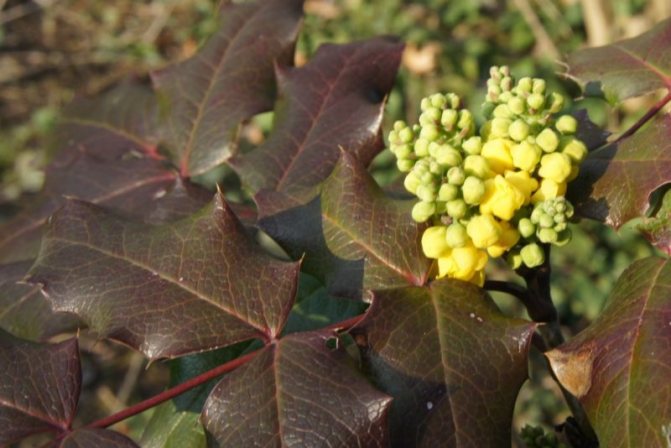
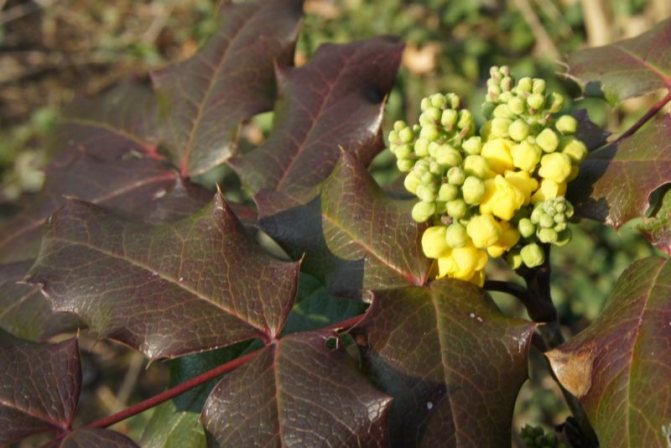
– Tree caragana
Arriving here from Siberia, Karagana is incredibly hardy. It blooms profusely with yellow flowers, spreading the scent to the entire area. In August, bean-shaped fruits ripen. Has a few thorns on the branches. It grows on average up to 1,5 meters.
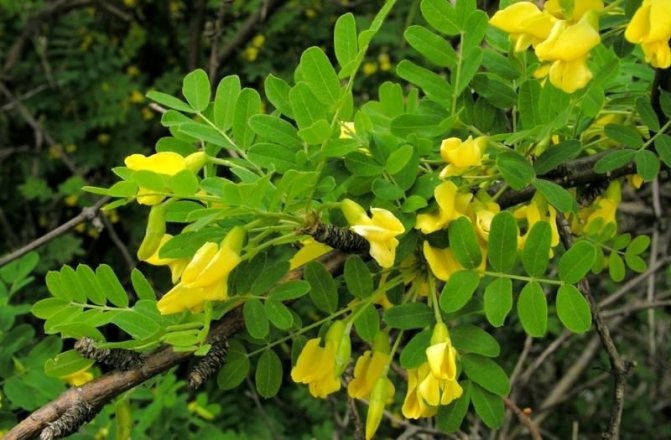
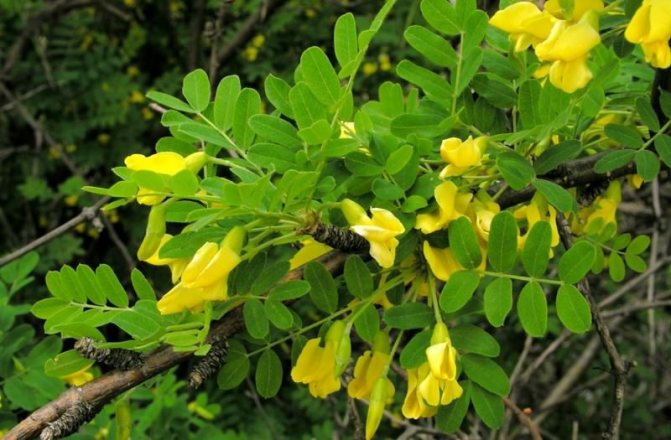
– Prinsepia Chinese
It has an unusual elongated shape of leaves, a rounded crown, arched branches, golden flowers and beautiful fruits. The bush grows up to 2 meters high. In place of flowers, berries ripen, which are used in folk medicine.
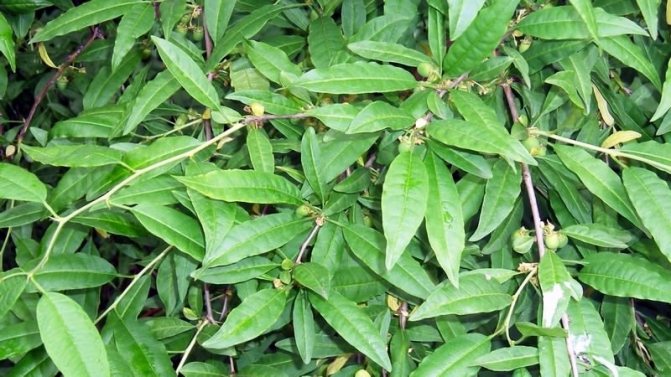
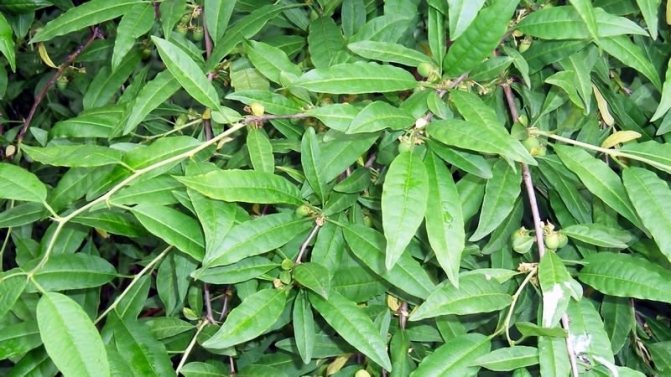
– Blackthorn or Thorn (Thorny plum)
A wild plant with fast growth and unpretentious character. Has an aesthetic appearance. It blooms beautifully with white flowers. It grows from 2 to 3 meters and has many branches studded with thorns of different sizes, which creates excellent protection. Thick foliage will protect the site from prying eyes, wind, dust and noise. Before the leaves appear, the blackthorn blooms, its fruits can be eaten. For planting in order to collect fruits, it is better to buy a plant from breeders and not take a wild bush from the forest.
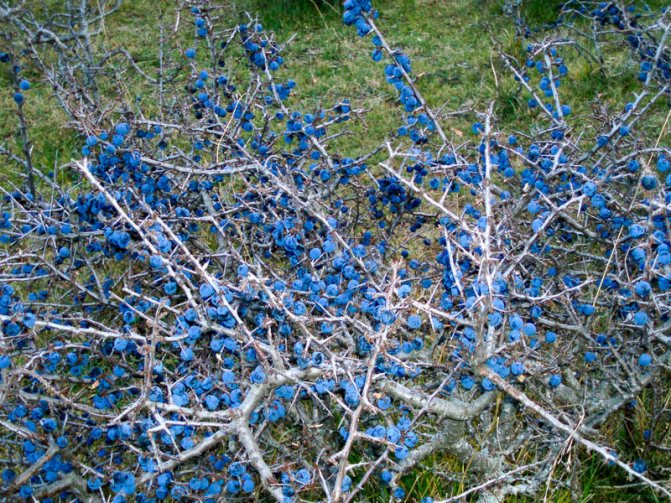
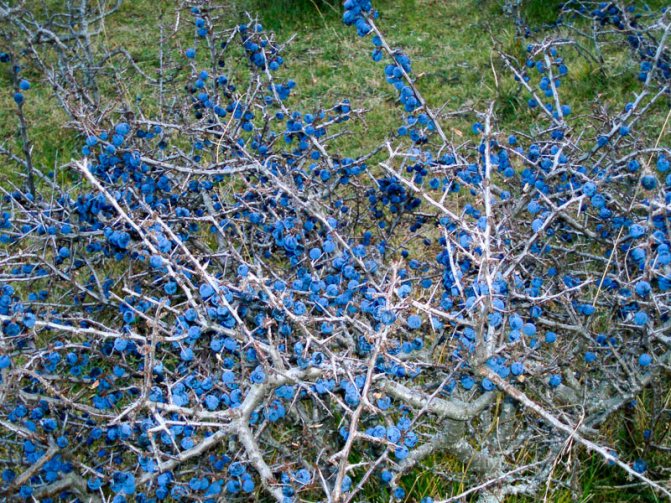
– Hawthorn
When buying, check with the seller for the height of the bush, some species can reach up to 5 meters in height. If you do not take care of the bush for a long time, it will turn into an impenetrable jungle with thorns up to 10 centimeters. But as a bonus, you will get delicious healing berries.
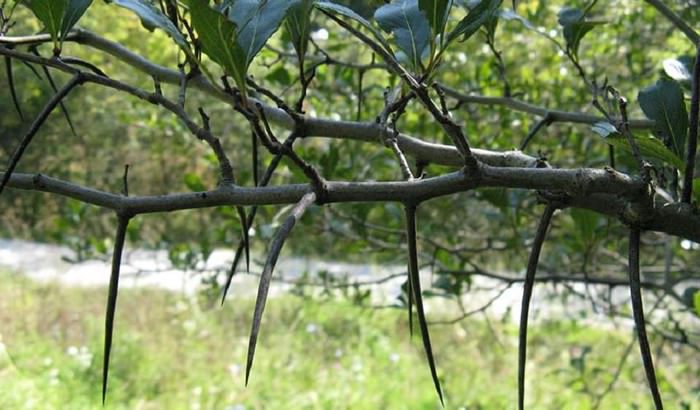

– Sea buckthorn
It looks good planted in two rows. Has an interesting look in the combination of leaves and berries. Can be propagated from seeds. Berries have medicinal properties and can be used in food. The gardener will have a choice whether to grow Sea Buckthorn as a decorative fence or as a berry bush. In order for the bush to retain its shape and decorative properties, it must be trimmed, while due to the shearing of the bush, it will bear fruit worse.
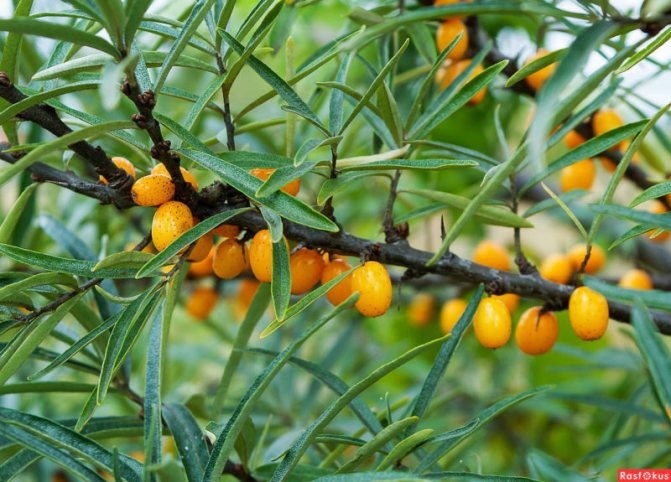
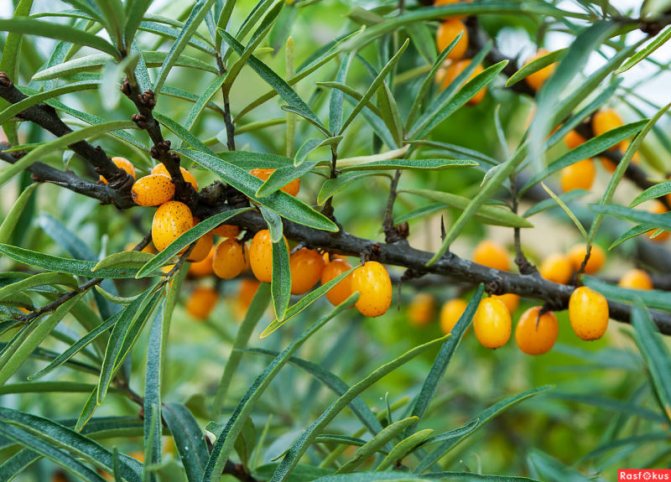
– Raspberries
A fast-growing plant from which you can form an impenetrable barbed wall. For the best effect, it should be planted in two rows in a checkerboard pattern. Tie up raspberries for stability and aesthetics. Make overgrowth stops before planting. Requires constant watering and seasonal pruning. It requires quite a lot of labor in care, but with proper care, raspberries will delight you with tasty and healthy berries.
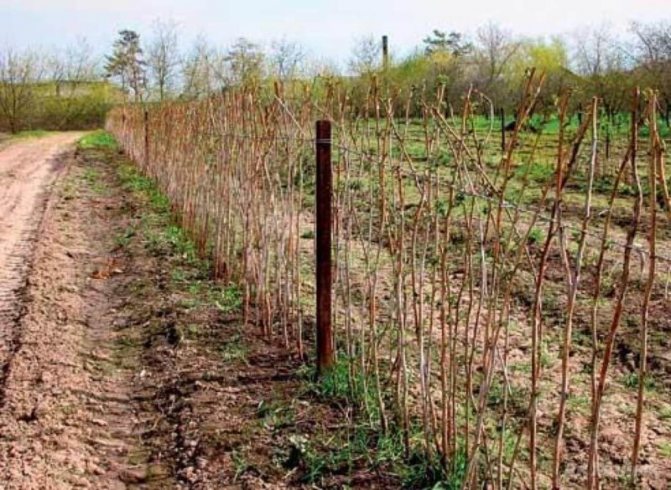
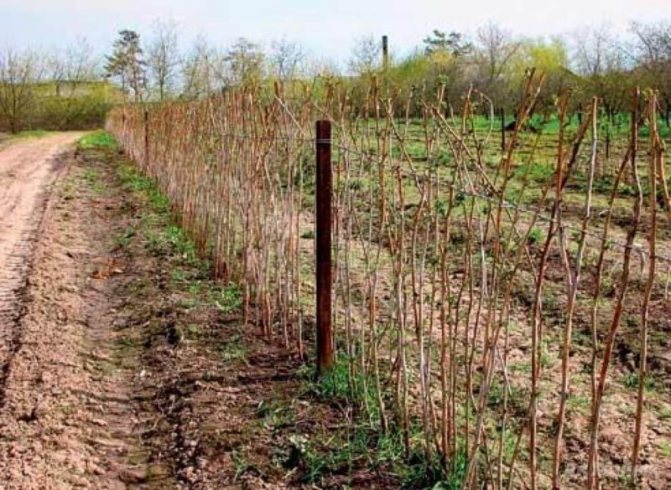
Almost all thorny hedges are unpretentious and tolerate both heat and frost well. But they all have different nuances when planting and leaving, and also have a different appearance.
High enclosing green fences
They perform several functions perfectly:
- Snow retention.
- Protection from prying eyes and unauthorized entry.
- Barrier from noise, gases and dust.
- Wind control, antiseptic barrier.
The height of such a fence can be from two to five meters. The planting method is also different:
- Single row.
- Two- and three-row.
- Single-tiered and multi-tiered.
- Free growing and trimmed.
Yew
Evergreen coniferous plant, decorative all year round. Especially in autumn – with bright red fruits against the background of emerald needles.
- It has a columnar crown shape, up to five meters high.
- Not only drought-resistant, but also durable. After all, the period of his life is calculated in thousands of years!
- Excellent haircut, wind-resistant.
Attention! The fruits are poisonous, so they need to be protected from children.
Irga
Fast growing berry hedge shrubreaching a height of 5 meters. Gives abundant growth, forming impenetrable thickets.
- Decorative in spring, shrouded in a white cloud of honey flowers.
- In summer, it flaunts with delicious berries of various shades: from pink to dark purple, almost black.
- And in the fall, it is dressed up with gorgeous foliage of bright yellow, red and purple.
- Since the irga grows incredibly quickly, in 3-4 years you can get a luxurious dense hedge of fruit bush.
- Refers to long-livers, can bear fruit up to seventy years.
- Tolerates haircuts well.
- Irga is quite unpretentious in care, but loves loose soil and does not tolerate high groundwater.
But not only that, the irga is also incredibly tasty and healthy! More details about this in our material on Yandex Zen: Settle an irgu on your site, and she will help you preserve your health!
Hawthorn blood red
Hawthorn – an excellent solution for those who cannot boast of the fertility of the soil on their site. It grows not just on any, but even on the poorest soils.
- Gives many shoots, forming a solid impassable wall.
- Winters.
- Suitable for curly haircuts.
- Bright medicinal berries hang on the bushes in winter, attracting birds.
If you are looking for an unpretentious hedge, then the hawthorn is a great solution.
Bubbler blisterfish
The spreading crown amazes not only with its density, but also with its luxury.
- The foliage in the fall, depending on the variety, turns bright yellow or red.
- It tolerates soil poverty well, as it is very unprofessional and drought-resistant.
- The fruits are not poisonous, so there is no need to worry about the health of children.
Interesting on the topic: Lawn care in autumn – preparation for winter: fertilizing, fertilizing, mowing, watering
How to care for a hedge
As all living things need care, so for the longevity of such a hedge, you cannot do without care. Every gardener cannot just plant a green fence and forget about it. In order for the fence to develop properly and become thicker and thicker, it needs to be pruned regularly.
Pruning can be curly – new shoots are cut by 10-15 centimeters. This procedure for evergreen bushes is done once a year. The rest are pruned twice, and sometimes three times a year when new shoots ripen.
In the first years, pruning should be carried out in the dry season of spring or autumn. With age, pruning for shaping is done monthly. Cuts should be made between shoots and obliquely. The more often pruning is done, the more often the shrubs are fed.
A hedge is a multifunctional solution. A high and dense wall of shrubs, created by man together with nature, brings not only a beautiful design to the site, but also a favorable microclimate. It protects it from gusts of wind, noise and dirt.
A solid green fence is a great alternative to a traditional fence. If you use fast-growing varieties for this purpose, the names and descriptions of which have long been known to gardeners, then the result is obtained in a shorter time. And you can confirm your preferences by looking at the photo.
Landscape design techniques with currants in the garden
Berry bushes can play the role of accent decorations, as well as restrict the development of other vegetation, but that’s not all, there are other solutions for using this wonderful plant.

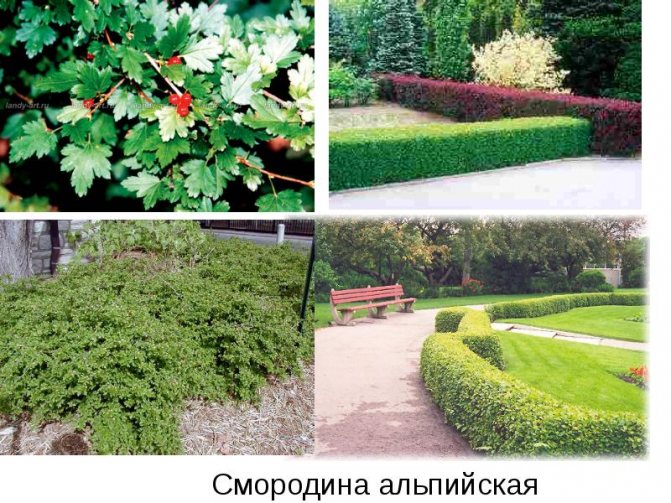
Options for planting currants in the form of a hedge
Due to the fact that currants can grow well in height, multilevel compositions can be planted from it.
This technique is perfect for a site with uneven terrain (read about the landscape design of a site on a slope in the article). Alpine slides can also be ennobled, creating parallels. In this case, the hedge will become accent.
Berry orchards are attractive. Due to the density of foliage, an additional quiet seating area will be organized in which benches can be installed.
Hedge in landscape design
Black chokeberry
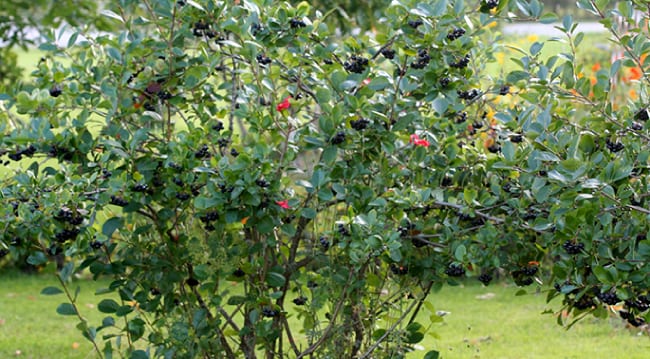

Black chokeberry
Strongly branched and frost-resistant shrub, growing up to about 3 meters. Chokeberry decorativeness is given by the following features:
- The flowers are white or pinkish. Their anthers are purple.
- The fruits of the shrub are shiny and spherical in shape. Color – black or purplish black.
- Leaves above are red-brown, shiny, leathery. Below they are whitish due to pubescence. In autumn (from the second half of September) they turn purple-red.
This culture is undemanding to the composition of the soil – it grows even on acidic, dry, sandy soils. Chokeberry is contraindicated only on salted substrates. The best conditions for a hedge from it is moist loamy soil with neutral acidity. Moreover, groundwater lying close to the surface is not a hindrance to shrubs. The root system of the chokeberry grows only 50-60 cm deep.
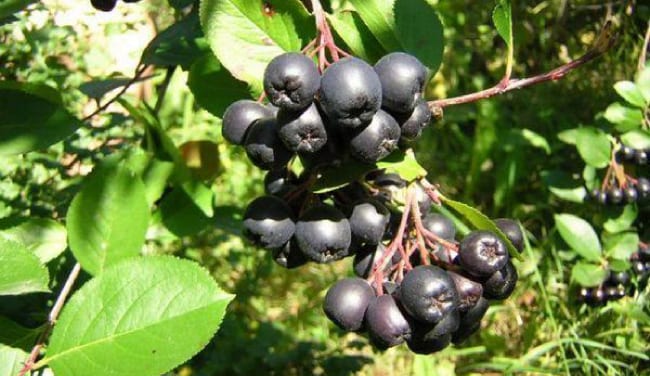
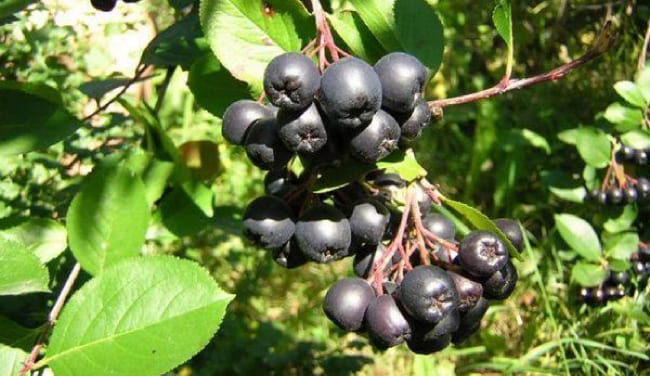
Chernoplodka
The trunk circle should be constantly moistened at the beginning of the growing season of the plant and during the ripening of the fruit. Water consumption for 1 bush is 2-3 buckets. Chokeberry pruning is carried out in the spring. It is more difficult with top dressing – their composition and frequency depend on the soil:
- Fertile land – shrubs are fertilized only in spring. Spread 50 g of ammonium nitrate over the trunk circle, dig up this area and mulch it with humus or compost.
- Poor lands – chokeberry is fed three times a year. First, do the same spring feeding as on rich soils. Then, at the beginning of summer, a bucket of one of the solutions is poured under each shrub: either mullein (1: 5) or bird droppings (1: 2). The third top dressing is autumn, when chokeberry is fertilized with 100 grams of superphosphate and half a liter of wood ash.
How currant bushes look and are used in landscape design
Berry bushes are good in any modern garden, as they can easily and beautifully make accents or zone a space. Currants can stand alone or be used as a constituent in compositions from different plants.
It will work in other situations as well:
- It can become the center of a flower arrangement – flower beds are laid around the currants. Such a structure allows you to give a living corner organization and severity;
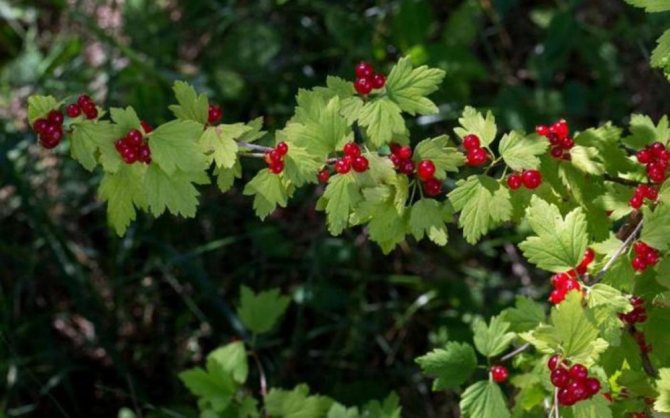
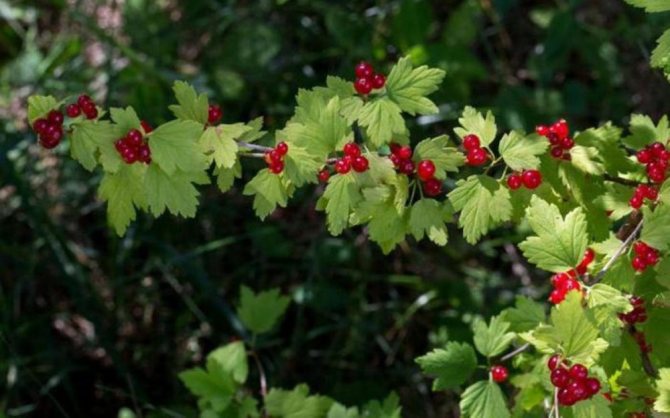
Red berries in the garden create contrasts
- Separator between plantings. For example, this is how alpine slides are framed. In this case, the currant will be a fence for other plants, preventing them from growing arbitrarily;
- Since currants can grow up to 3 meters high, they can be used as a fence for areas that need to be hidden.
It is not planted around the perimeter of the site, since the abundance of berries will attract fans to feast on, and harvesting is inconvenient.
